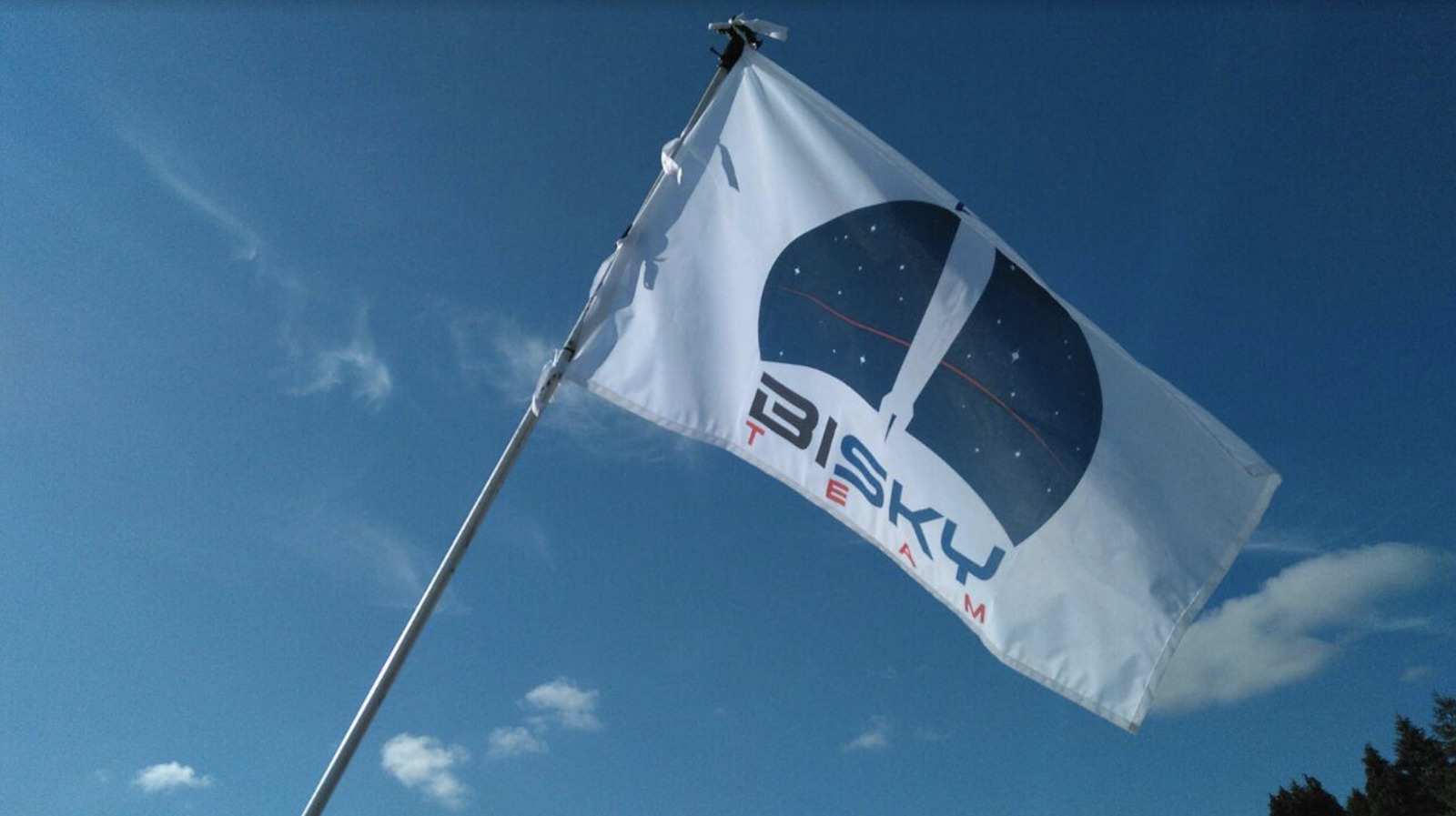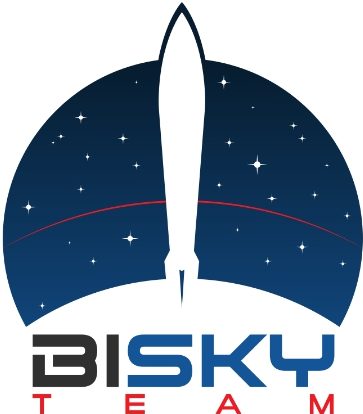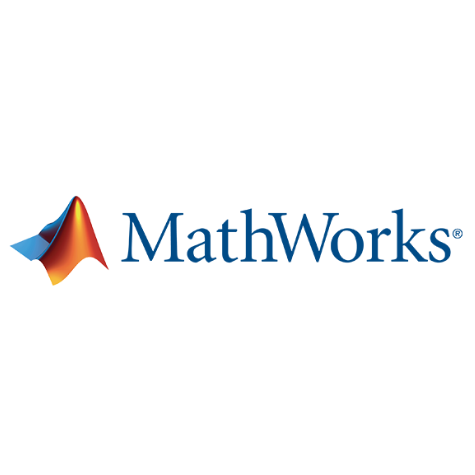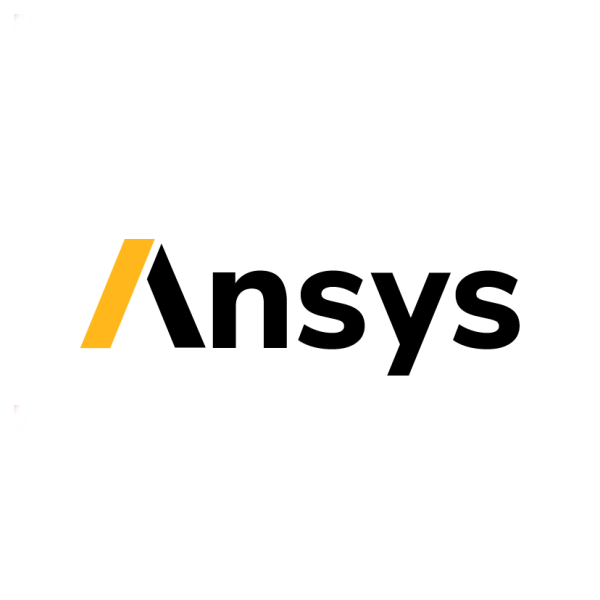MISSION
Develop suborbital space launchers that reach up to 100km in altitude and can transport microexperiments or cubesats.
CUTTING-EDGE TECHNOLOGIES
For propulsion, hybrid technology is used, which combines a liquid oxidizer with a solid fuel and allows for the reignition and recovery of rockets. This is also safer than the technology traditionally used.
PRELIMINARY RESEARCH
To develop our own hybrid rocket, two parallel research paths are being followed: solid combustion rockets, where the electronics are tested, and test benches, where the hybrid technology is tested..

ABOUT THE TEAM
We are a group of students from the University of the Basque Country (UPV/EHU) who wanted to challenge ourselves in a different way. Our goal is to build rockets that reach 100km in altitude, the boundary where space begins. Our members are hardworking and dedicated individuals, capable of designing, building, and testing rockets that will one day achieve our mission. With the help of the staff from our university and the companies that support us, we are getting closer to our goal every day.
OBJECTIVES
INVESTIGATION
Facilitate experimentation in “ZeroG,” offering a means of transportation for microexperiments and cubesats.
WOMEN IN SCIENCE
We want to be an inspiration for young girls, encourage them to study technological careers, and show them that they too can become great scientists and engineers.
EduCATION
Promotion of the aerospace sector, science, and engineering, providing education in these fields to students.
COOPERATION
We promote collaboration among students from different fields and with diverse backgrounds, for example, from vocational training centers.

CURRENT PROJECTS
During this course, the team is developing two projects: the ignition of M2, the third hybrid engine built by the team, which is much more powerful than M1 and M1.5, and is currently in the conception phase of its new rocket, following the launch of HERMES. The goal of these two projects is to test the components that will integrate the rockets of the COSMOX family.

INNOVATION AND IMPROVEMENT
The great motivation and ambition of our participants, coupled with teamwork, are the keys that allow us to move forward and face new challenges. At BiSKY Team, we aim to implement the use of cutting-edge technologies to reduce the costs and environmental impact of “Zero G” tests and rocket launches. Our members share their ideas, and together they evaluate the best solutions for each problem, always keeping safety and applicability in mind.
AN OPPORTUNITY TO LEARN ABOUT WHAT YOU LIKE
Business and Management
This team is responsible for the overall planning and management of the project. Their responsibilities include budgeting, seeking funding, resource management, coordination among the different technical teams, and communication with external parties. They also handle logistics and compliance with necessary regulations and permits.
Avionics
The Avionics team focuses on the rocket’s electronic systems, such as telemetry, navigation, and flight control. They work on the design, integration, and testing of electronic systems and software that help control and monitor the rocket during launch, flight, and landing.
Propulsion
This team is dedicated to the design and development of the rocket’s propulsion system, which includes engines, fuel, and ignition mechanisms. They are responsible for calculating and optimizing thrust, fuel efficiency, and the safety of the propulsion system.
Structure
The Structure team deals with the physical design and construction of the rocket. This includes material selection, structural design to withstand loads during launch and flight, and the construction of components such as the fuselage, fins, and payload mounts.
Aerodynamics and Recovery
This team is responsible for analyzing and optimizing the rocket’s design from an aerodynamic perspective to maximize its performance and stability during flight. They also develop recovery systems, such as parachutes or controlled landing mechanisms, to ensure that the rocket and its payload can be safely recovered after the flight.
Flight Control and Simulation
In Control & Simulation, control algorithms are developed in the LabView program for data acquisition through instrumentation and actuation by valves in the test bench of the equipment’s propulsion engine.
On the other hand, in Simulation, the fall footprint of the rockets that are launched from the equipment is estimated using Python software.


























